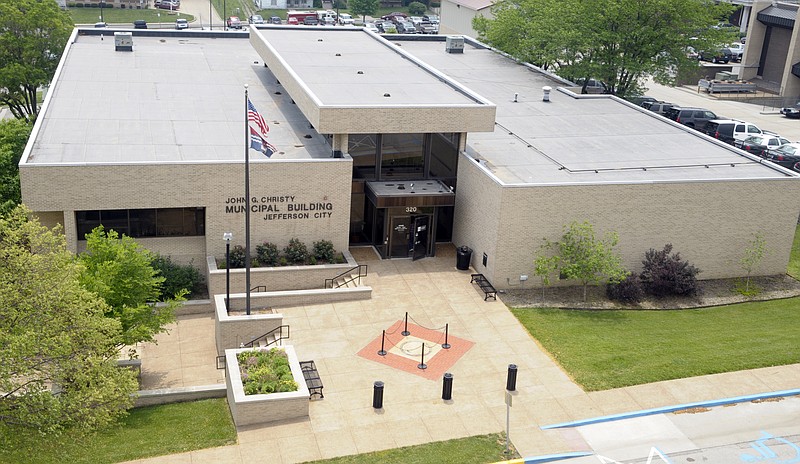Jefferson City officially has a new comprehensive plan, designed to help guide decision-making over the next 20 years.
The plan will go before the full City Council for support, but was officially adopted Thursday with a 5-0 vote of the Planning and Zoning Commission.
It did not go through without some additional public comments.
The plan's six main chapters look at housing and neighborhoods; economic development; transportation; environmental resiliency; land use; and culture and healthy living.
The city's Department of Planning and Productive Services began working on the comprehensive plan, Activate Jefferson City 2040, in 2019.
It included conversations with various stakeholder groups, writing the plan itself, and a public comment period followed by revisions based on those comments.
Glover Brown, executive director of Friends of Lafayette Street and The Historic Foot District, expressed concern Thursday that the process didn't properly include and the plan doesn't address restoring the historic significance of Jefferson City's Black community.
"I think we are doing an injustice here," he said. "When we talk about this comprehensive city plan, that segment of the community has been forgotten."
Brown encouraged commissioners and city staff moving forward to consider the history of the Black community in Jefferson City when looking at how to implement the comprehensive plan.
"Let's look at the sacrifice, the commitment," he said. "These people in the Black community, they bought their homes, they pay taxes, they put their kids through school and college just like everybody else in Jefferson City. But where is that recognition of that community? Where is the preservation of that historic significance of that community in your comprehensive plan?"
Commissioner Gregory Butler said he doesn't think any exclusion of the Black community, either in the process or the plan, was intentional.
"I think we need more communication, we need more dialogue with the community, specifically the Black community, to know exactly what it is that you're looking for or what we're looking for to make that a better situation for everyone," he said. "There's not a lot of communication, and so there's a lot of not knowing what can be done."
Former City Planner Ahnna Nanoski, who worked on the plan, said it includes specific strategies focused around renewing any part of the city, such as strategically monitored neighborhoods.
"I do focus on a highlight that talks about redlining and urban renewal, because from a planning perspective we do understand how those old actions set forth did negatively affect minorities and the city center communities disproportionately to other parts of the city," she said. "That historical understanding of the way that those actions affected those communities was layered into that thought process in developing the strategically monitored neighborhoods."
Brown, along with members of the Planning and Zoning Commission, agreed updating the comprehensive plan was a commendable effort and will benefit the city in the long run.
Members of the public can still comment on the plan when it appears before the City Council, which is not scheduled.

